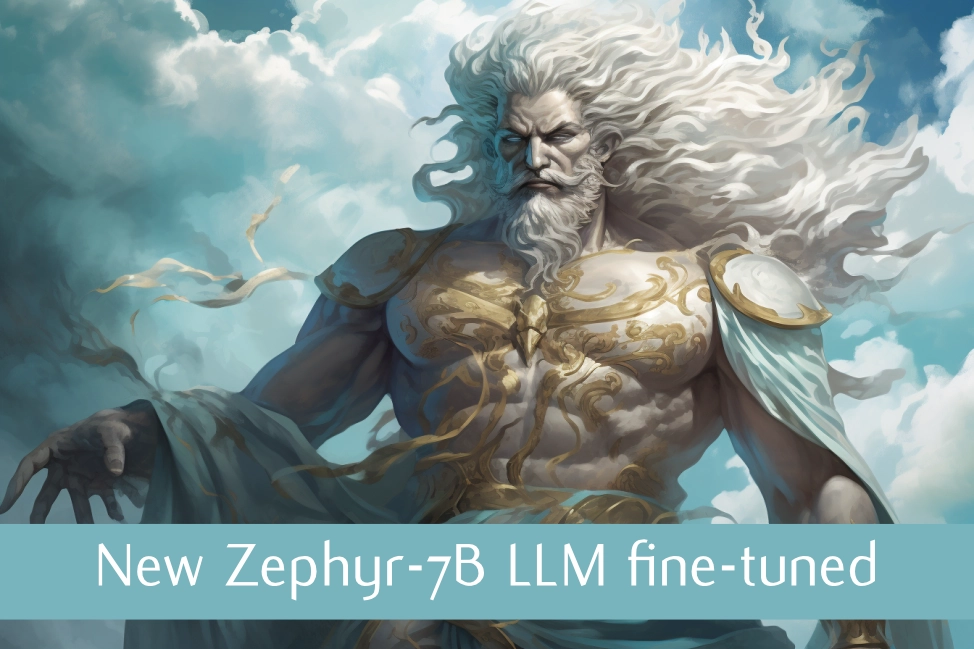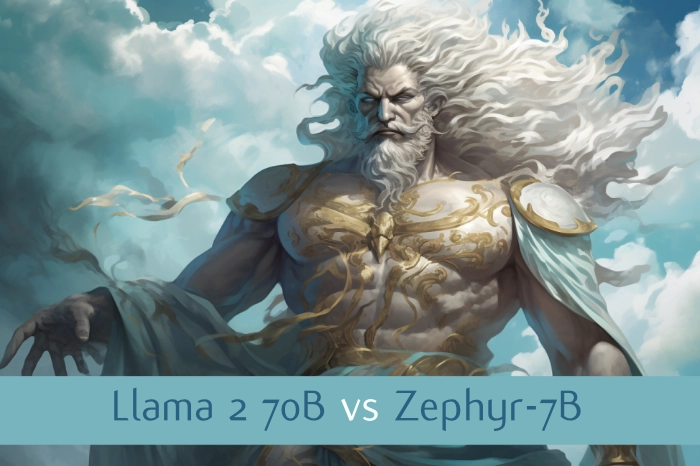
The world of artificial intelligence has witnessed another remarkable milestone with the release of the new Zephyr-7B AI model on Hugging Face. This innovative model is a fine-tuned successor to the original Mistral 7B, and it has managed to outperform larger 70 billion parameter models, even while being uncensored. The company has also unveiled a comprehensive technical report, offering a detailed overview of the training process of the model. Try out the Zephyr 7B Beta new here.
Direct preference optimization (DPO)
The Zephyr-7B model has been trained using a three-step strategy. The first step involves distilled supervised fine-tuning using the Ultra Chat dataset. This dataset, comprising 1.47 million multi-dialogues generated by GPT 3.5 Turbo, underwent a rigorous cleaning and filtering process, leaving only 200,000 examples. The distilled supervised fine-tuning process involves a teacher-student model dynamic, with a larger model like GPT 3.5 playing the role of the teacher and Zephyr-7B as the student. The teacher model generates a conversation based on a prompt, which is then used to fine-tune the student model, Zephyr-7B.
Zephyr-7B beats Llama-2 70B
The second step of the training strategy is AI feedback. This step utilizes the Ultra Feedback dataset, consisting of 64,000 different prompts. Four different models generate responses to each prompt, which are then rated by GP4 based on honesty and helpfulness. This process aids in refining the model’s responses, contributing to its overall performance.
Other articles we have written that you may find of interest on the subject of Zephyr and Mistral large language models:
The final step of the training strategy involves training another model using the dataset created with a winner and loser. This step further solidifies the learning of the Zephyr-7B model, ensuring that it can generate high-quality, reliable responses.
The performance of the Zephyr-7B model has been impressive, outperforming all other 7 billion models and even larger models like the Falcon 40 billion and Llama 2 70 billion models. However, it’s important to note that the model’s performance varies depending on the specific task. For instance, it lags behind in tasks like coding and mathematics. Thus, users should choose a model based on their specific needs, as the Zephyr-7B model may not be the best fit for all tasks.
Zephyr-7B LLM
One unique aspect of the Zephyr-7B model is its uncensored nature. While it is uncensored to a certain extent, it has been designed to advise against illegal activities when prompted, ensuring that it maintains ethical guidelines in its responses. This aspect is crucial in maintaining the integrity and responsible use of the model.
Running the Zephyr-7B model can be done locally using LMStudio or UABA Text Generation WebUI. This provides users with the flexibility to use the model in their preferred environment, enhancing its accessibility and usability.
The Zephyr-7B model is a significant addition to the AI landscape. Its unique training strategy, impressive performance, and uncensored nature set it apart from other models. However, its performance varies depending on the task at hand, so users should choose a model that best suits their specific needs. The company’s active Discord server provides a platform for discussions related to generative AI, fostering a community of learning and growth. As the field of AI continues to evolve, it will be exciting to see what future iterations of models like Zephyr-7B will bring.
Filed Under: Guides, Top News
Latest timeswonderful Deals
Disclosure: Some of our articles include affiliate links. If you buy something through one of these links, timeswonderful may earn an affiliate commission. Learn about our Disclosure Policy.


